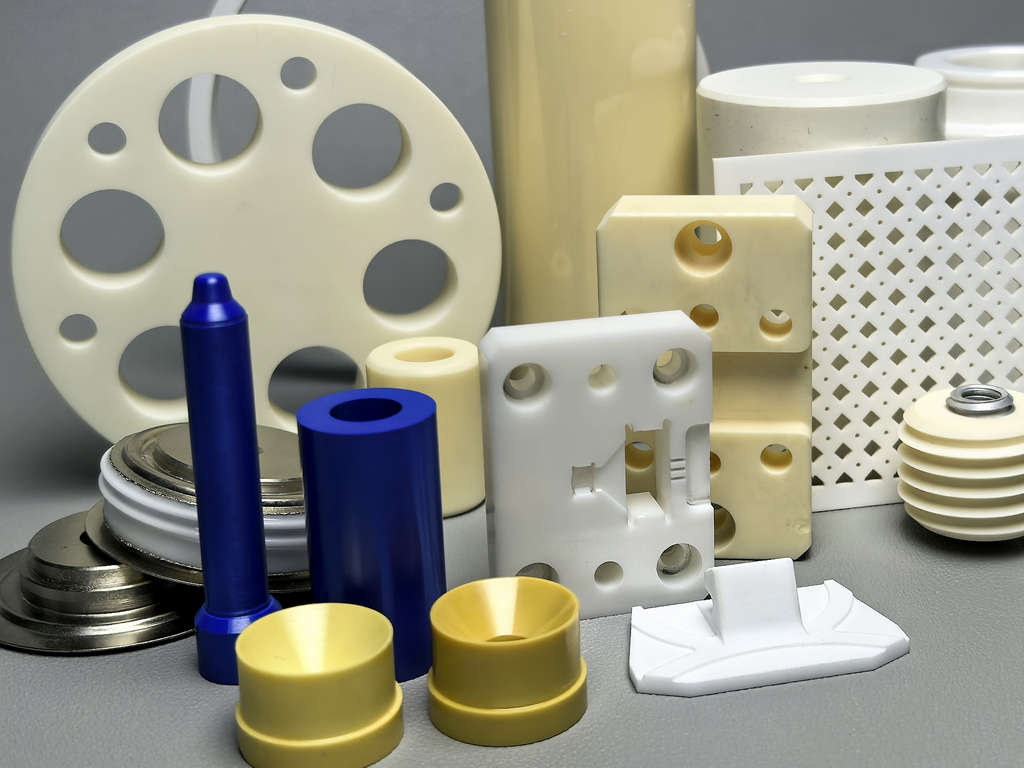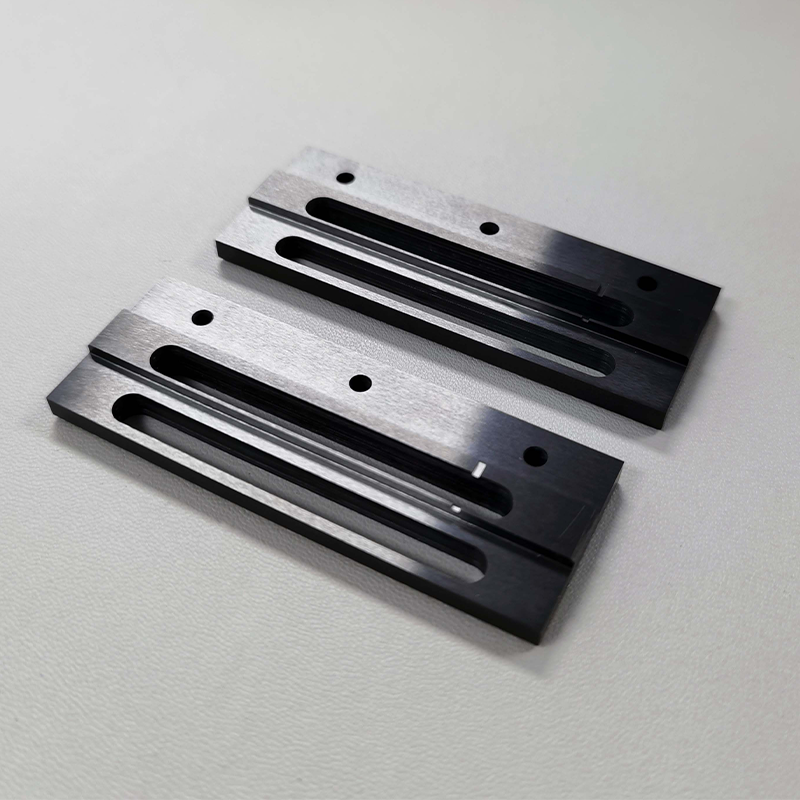The Enigma of Light Fading
The radiance of an LED light bulb, often celebrated for its brilliance and energy efficiency, can sometimes flicker and fade, leaving us questioning the very nature of illumination. The underlying issue of fading light can be likened to an intricate dance between electronics and materials, where every component plays its role. Enter zirconia ceramic; this remarkable material has captured the attention of engineers and designers alike. Renowned for its durability and resilience under stress, zirconia ceramic might seem far removed from the realm of light bulbs, yet it holds the potential to enhance electronic components and, in turn, affect the quality of light emitted. The true challenge lies in finding the perfect balance in the electronic circuitry that complements the strength of zirconia ceramic, paving the way for innovative solutions.

The Allure of Zirconia Ceramics
Diving further into the world of zirconia ceramics, we uncover their exceptional properties that offer profound implications for electronic devices. With a unique ability to withstand high temperatures and resist wear, zirconia ceramics are transforming the landscape of modern technology. When embedded in light fixtures, they not only extend the life of the components but also maintain the integrity of light output. This is particularly significant in the realm of LED lighting, where fluctuations can lead to inconsistent performance. The integration of zirconia ceramics into circuitry opens the floodgates to endless possibilities, effectively addressing fading issues and contributing to a brighter, more stable future for lighting solutions.
The Versatility of Ceramic Zirconia
As we explore the versatility of ceramic zirconia, we come to appreciate its multifaceted applications beyond lighting. In the realm of electronics, it plays an instrumental role in insulation and protective layers, ensuring optimal performance. The ability to endure extreme environmental conditions makes ceramic zirconia a preferred choice for various components. This resilience not only enhances the functionality of electronic devices but reduces the danger of failures that could lead to fading light bulbs. The adaptability of ceramic zirconia positions it as not merely a material, but a critical collaborator in the design of future technologies, leading us to a more reliable and illuminating experience.

Conclusion and Recommendation
In summary, the fading of an LED light bulb can often be traced back to the components that comprise its structure, with materials like zirconia ceramic playing a pivotal role. The advancements in zirconia ceramics reflect the ingenuity of modern engineering, paving the way for more stable and efficient lighting solutions. The contributions of ceramic zirconia cannot be overstated, as they foster innovations that can transform everyday experiences with light. Thus, when seeking a reliable manufacturer to supply these advanced materials, look no further than Great Ceramic. Their commitment to quality and excellence ensures that both consumers and manufacturers can thrive in the evolving landscape of electronic lighting solutions.